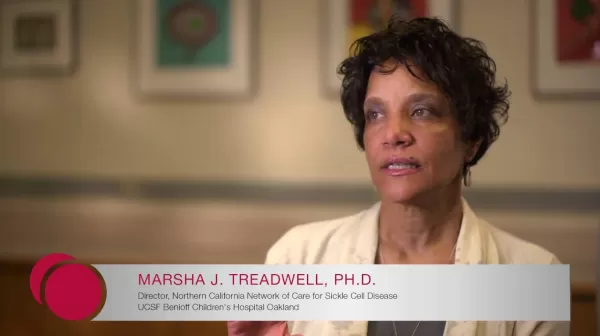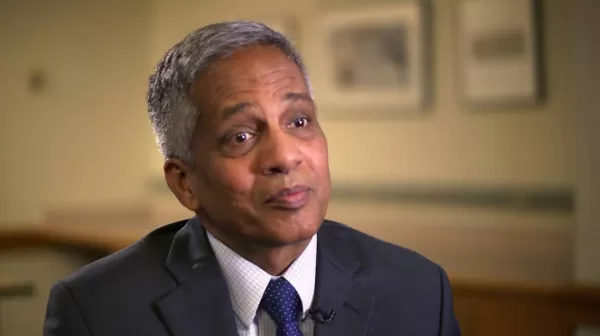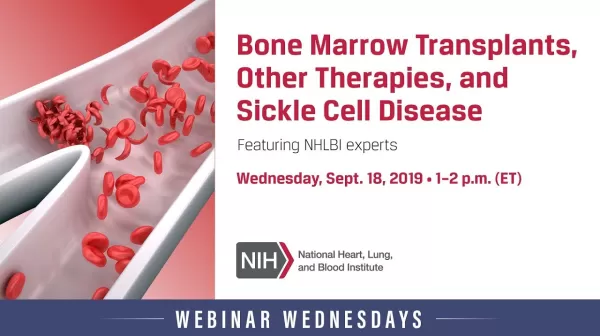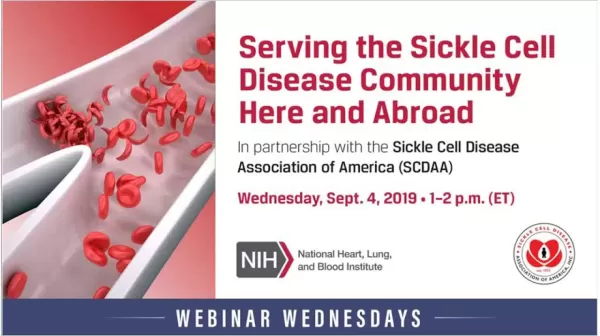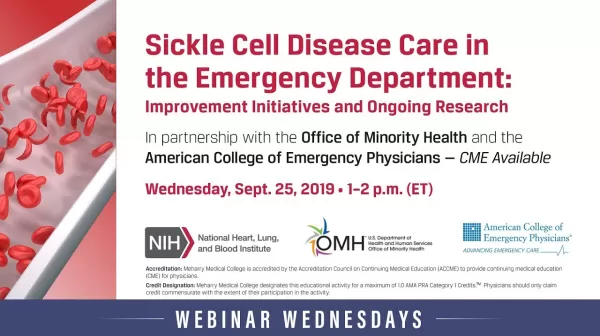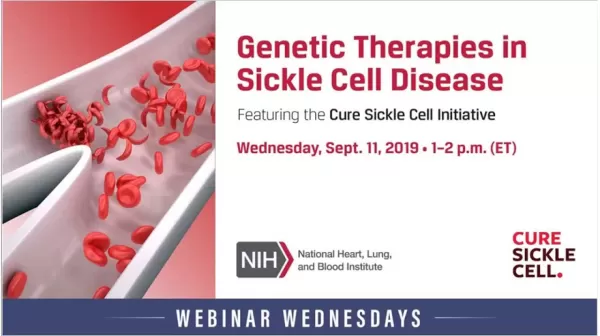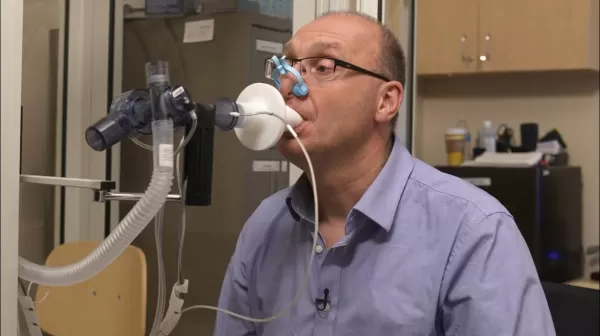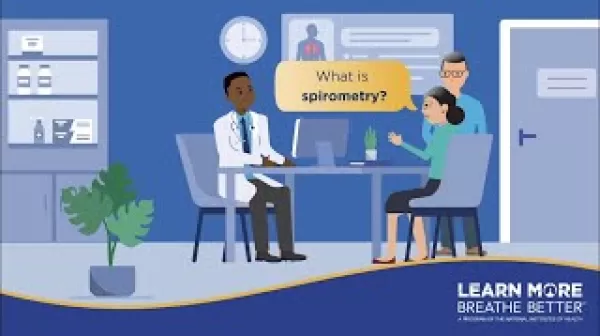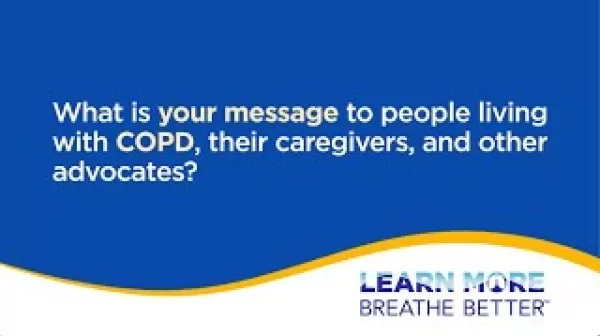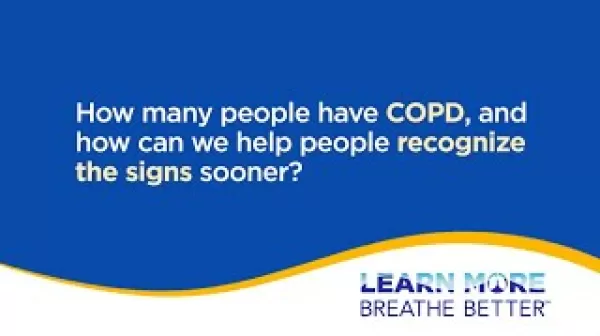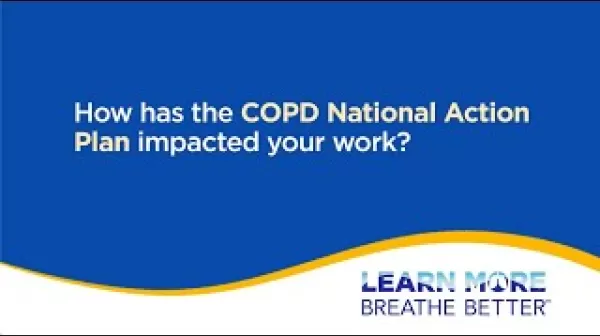Living with and Managing Iron-Deficiency Anemia
Susan had symptoms including tiredness, poor skin tone, dizziness, and depression. Her doctor diagnosed her with iron-deficiency anemia. To improve her condition, Susan had a minor surgical procedure to stop her monthly periods. She also made other changes to help her feel better, like taking iron supplements to raise her iron levels, eating healthier foods, getting enough sleep, and exercising. This video is by the National Heart, Lung, and Blood Institute (NHLBI), part of the National Institutes of Health (NIH).




